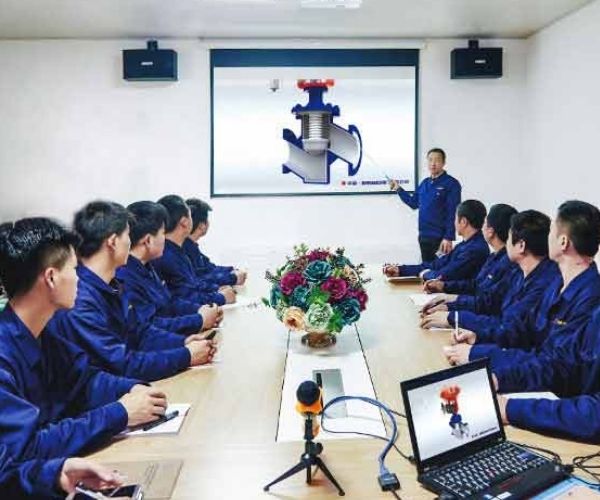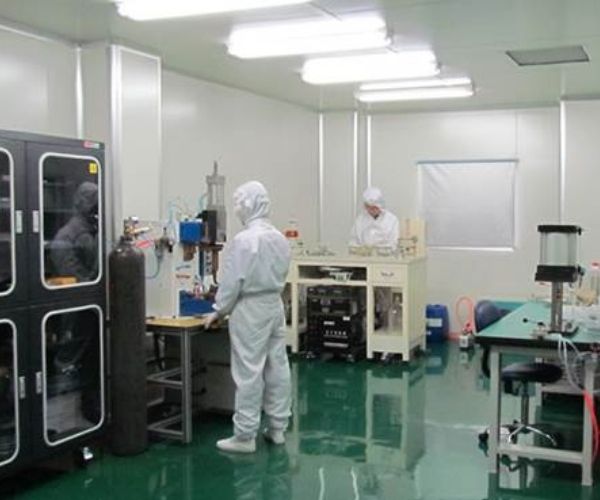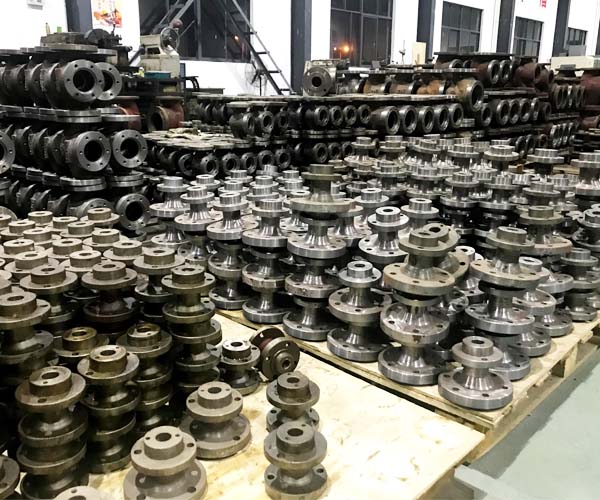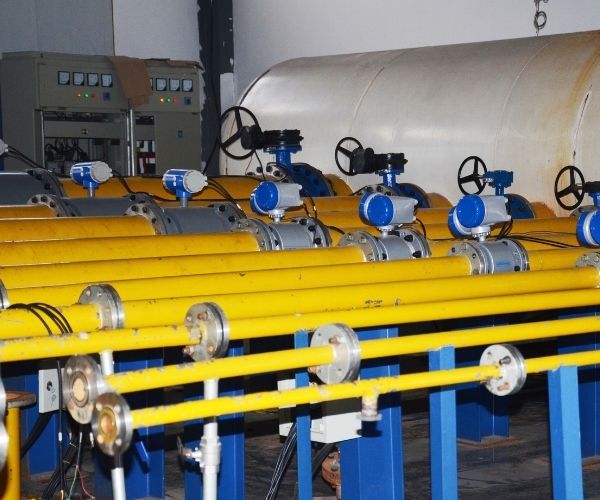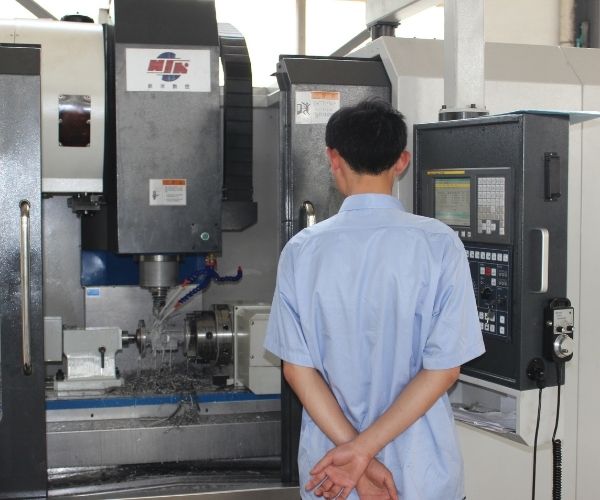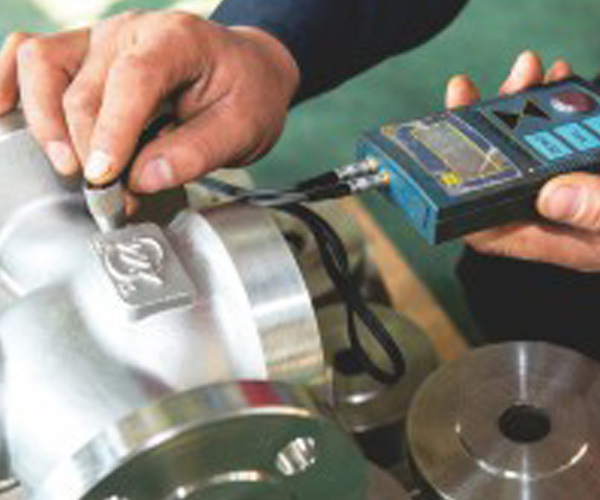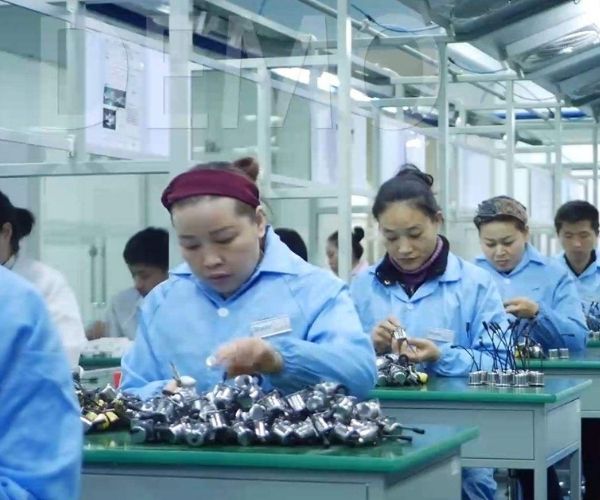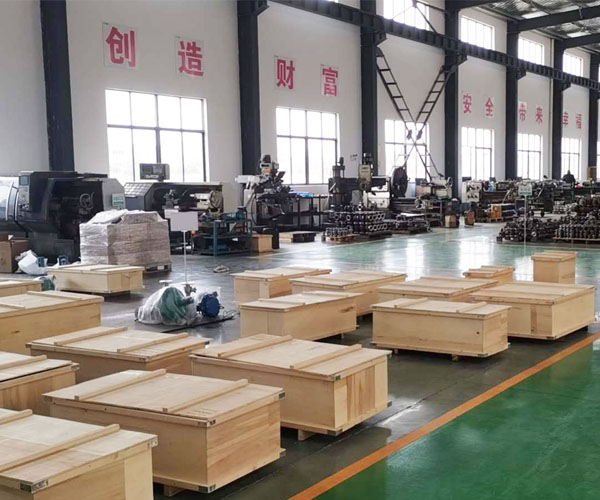Professional Solenoid Valve Manufacturer
- Fast response time.
- Low power consumption.
- Remote operation.
- Fits in a variety of machinery and applications.
- Cheap replacement parts.
- Compatible with both DC and AC voltage.
- Safety external leakage block.
Get in Touch with Us
A Reliable Solenoid Valve Supplier In China
BCST solenoid valves are control units that, when electrically energized or de-energized, either shut off or allow fluid flow. BCST solenoid valve is well known for performance, stability, and reliability.
BCST solenoid valves can be widely used in textile, printing, chemical, plastic, rubber, pharmaceutical, food, building materials, machinery, electrical, surface treatment, and other scientific research.
BCST - A Top Rated Solenoid Valve Suppliers In China
BCST is a professional manufacturer of solenoid valves. With over 20 years of manufacturing experience, BCST can customize your special requirements.
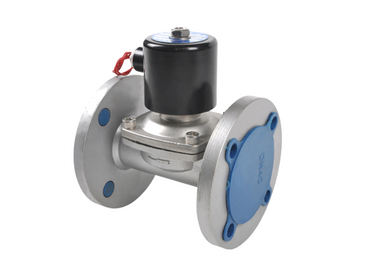
Flange Solenoid Valve
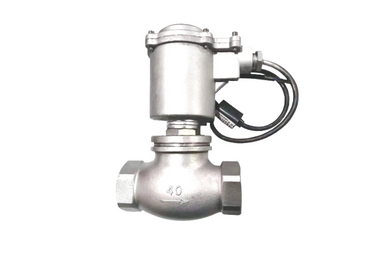
Thread Solenoid Valve
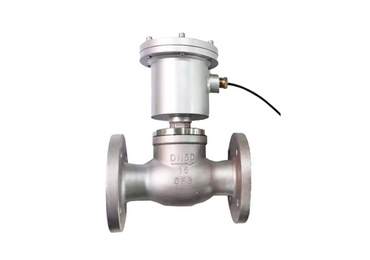
Stainless Steel Solenoid Valve
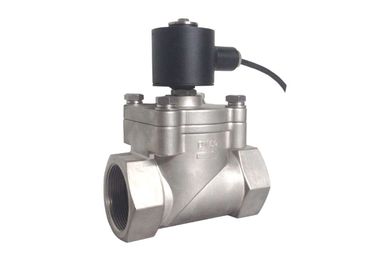
High Pressure Solenoid ValveH
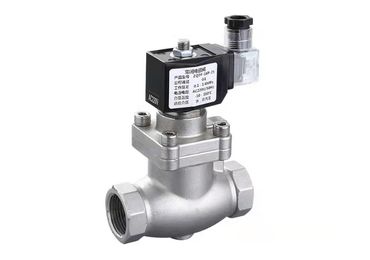
Steam Solenoid Valve
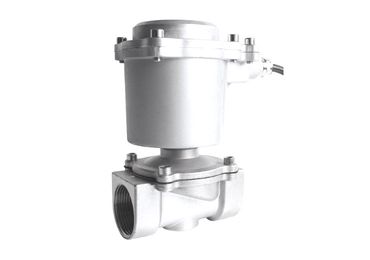
Piston Solenoid Valve
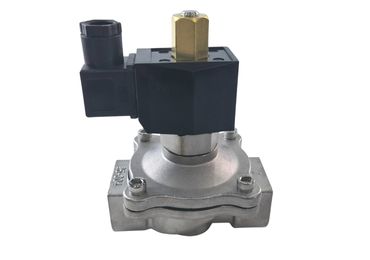
Normal Close Solenoid Valve
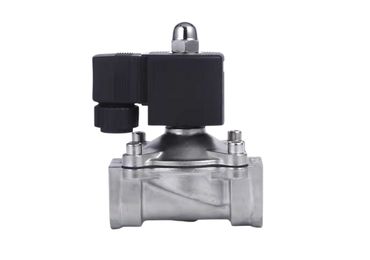
Normal open solenoid valve
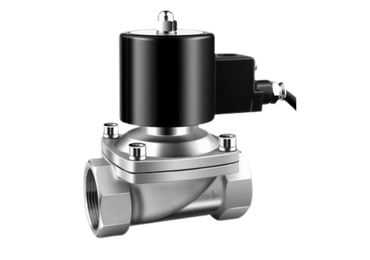
Pilot Solenoid Valve
BCST your Expert Solenoid Valve Supplier in China
BCST solenoid valve is an actuator for an industrial process automation control system. It can be divided into normally open and normally close. When no electrical signal is received, the solenoid valve is closed. When the electric signal is not connected, the solenoid valve is open.
BCST researched, master the design, and manufacture solenoid valves. With over 20 years of manufacturing experience and trading, BCST supplies a complete valve automation source for your project.
Welcome to visit our factory.
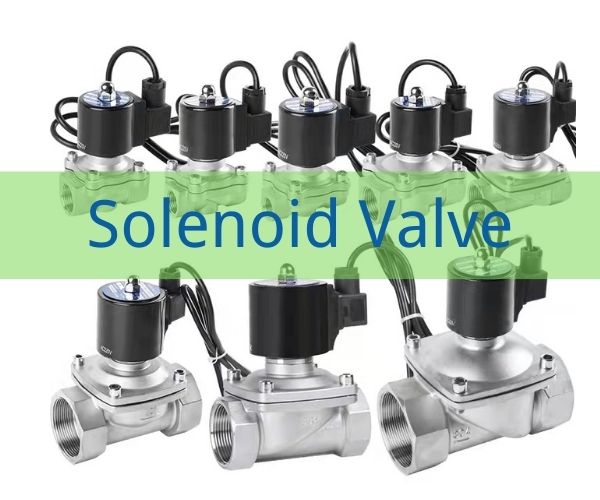
BCST Solenoid Valve Quality Control
Get the Latest Catalogue Now!
Why Purchase Solenoid Valve From BCST
Solenoid Valve-FAQ
What are the Types of a Solenoid Valve?
Normally Closed Solenoid Valve
It is closed and does not allow media flow in a de-energized state. Upon providing current to the coil, an electromagnetic field is generated that overcomes the spring force by forcing the plunger upwards.
As a result, the seal unseats, followed by the opening of the orifice allowing the media to flow.
Normally Open Solenoid Valve
In a de-energized state, it is open and allows proper media flow. Upon providing current to the coil, an electromagnetic field is generated that overcomes the spring force by forcing the plunger downwards.
The media flow is stopped by the closing of the orifice along with the seating of the seal. It is best in cases where you want the Solenoid Valve to remain open for longer time durations and improve energy efficiency.
Bi-Stable Solenoid Valve
A short power supply is used to interchange between the latching or bi-stable Solenoid Valve. It can maintain its position without any power. For this purpose, permanent magnets are used instead of a spring.
What are the Different Categories of a Solenoid Valve?
The different categories of a Solenoid Valve are:
Internally Piloted
The piston or the diaphragm is responsible for providing the seal for the main seat. In the closed state, strong fluid pressure is produced via bleed orifice on both sides of the diaphragm.
A shut-off force is available on the top of the diaphragm by virtue of a larger effective area until a pressure differential is present between the outlet and inlet ports. From the upper side of the diaphragm, the pressure is relieved by opening the Solenoid Valve.
A greater effective net pressure force is provided below, which raises the diaphragm. For satisfactory closing and opening, a minute pressure differential must be required.
Externally Piloted
An independent pilot medium is used for the actuation in an externally piloted Solenoid Valve. The seat is closed if no pressure conditions are provided. The Solenoid Valve opens against the action of the spring after the piston is raised upon energizing.
By placing the spring on the actuator piston’s other side, you can obtain a normally-open version. For this, you have to connect the independent pilot medium to the actuator top.
What are the Working Principles of a Solenoid Valve?
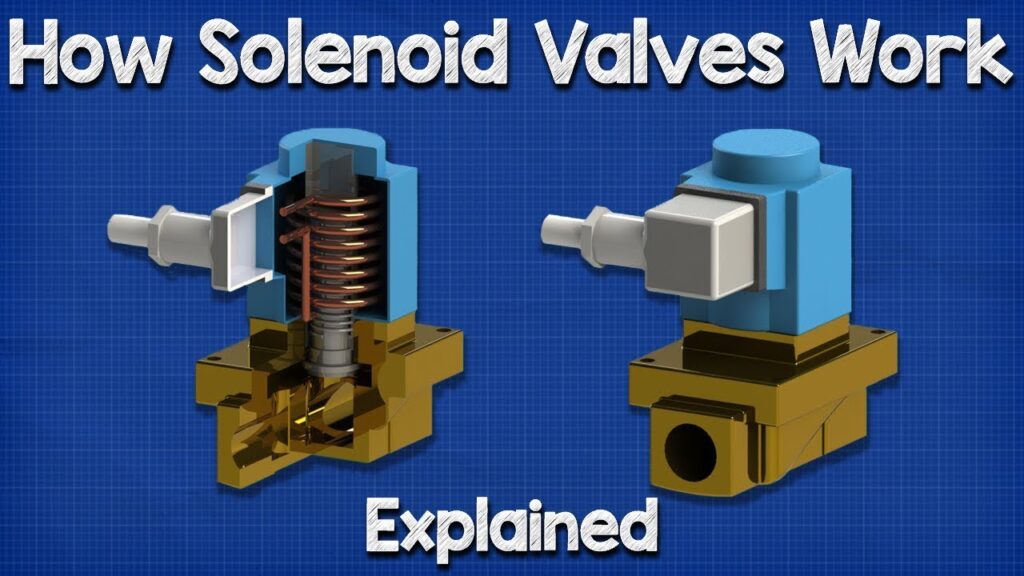
For a normally closed Solenoid Valve without any power source. This closure is forced by a spring.
After providing power to the coil, an electromagnetic field is created, which overcomes the spring force, attracts the plunger upwards, and allows media flow.
The medium’s pressure differential over the outlet and inlet ports in a pilot-operated Solenoid Valve is responsible for the closing and opening purposes.
To control larger flow rates, an extra pressure chamber on the top of the membrane serves as an amplifier.
How Does a Solenoid Valve Differ from an Electric Valve?
A Solenoid Valve is different from an electric valve in the following ways:
- It has a small working pressure difference and general flow coefficient than an electric valve.
- It is more sensitive to voltage impact as an electromagnetic coil drives it. At the same time, motors drive an electric valve and comparatively resist voltage impact.
- You can not control its opening and closing, but you can control the opening and closing of an electric valve.
- It is expensive compared to an electric valve.
- Two-bit DO controls it, whereas AI controls an electric valve.
What are the Circuit Functions of a Solenoid Valve?
2-Way Solenoid Valve
It has 2 ports; an outlet and an inlet port. For its proper operation, the flow direction must be ensured, typically indicated by an arrow. It is only useful for orifice opening and closing.
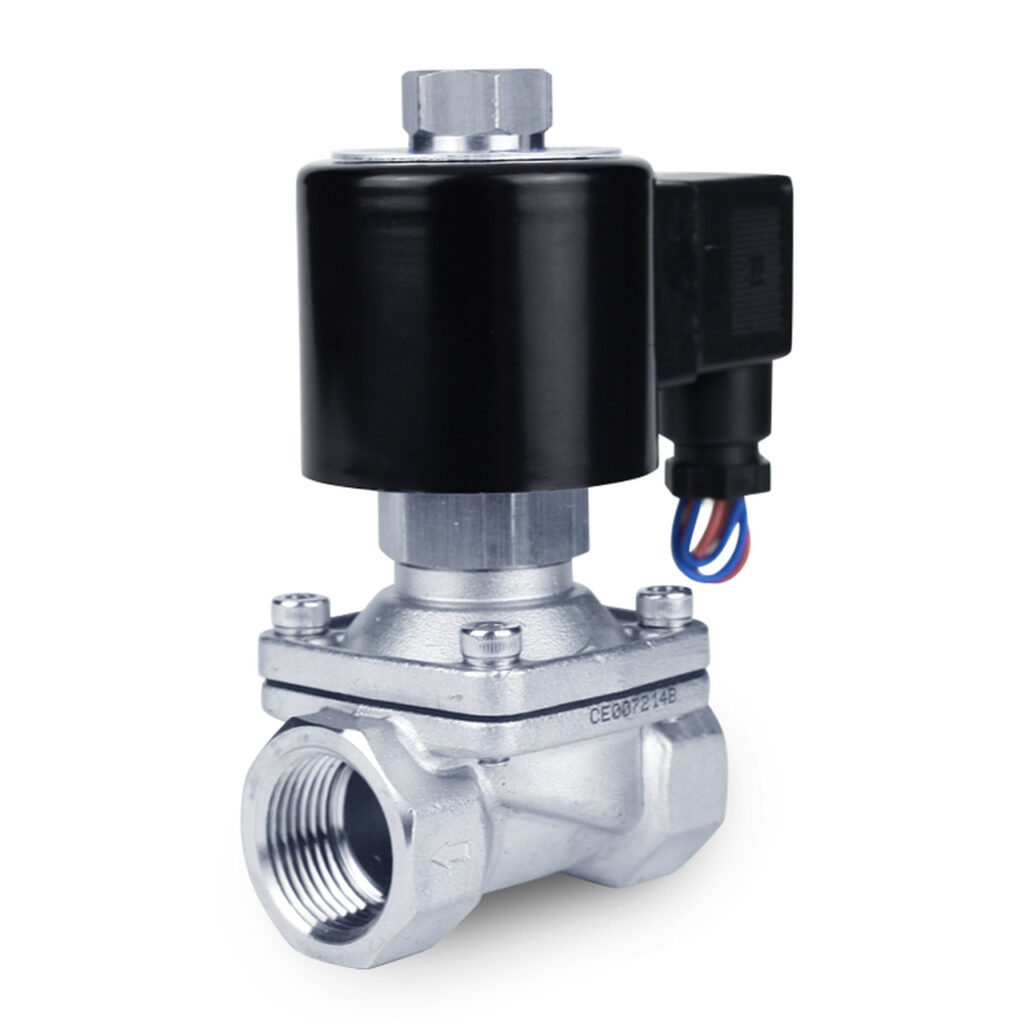
3-Way Solenoid Valve
It has 3 ports and switches between two different circuits. It is useful for orifice opening, closing, media distribution, and mixing.
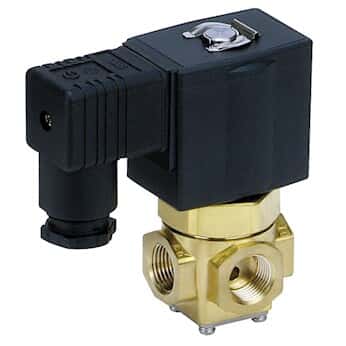
What are the Applications of Solenoid Valve?
Some of the major industrial and domestic applications of a Solenoid Valve are:
- Refrigeration System
- Irrigation System
- Washing Machine and Dishwasher
- Air Conditioning System
- Automatic Locking System
- Dental and Medical Equipment
- Water Tank
- Industrial Cleaning Equipment
What are the Different Sealing Materials for a Solenoid Valve?
The seal material must show good compatibility with the media. Specific seal types are beneficial for different media varieties.
NBR
Nitrile rubber or NBR is an elastomer with a synthetic origin, high wear resistance, tensile strength, and low deformation probability.
It is best for glycol-based liquids and gaseous media like air, water, and oil. The temperature range should lie between -10 and +90/100°C.
EPDM
Ethylene propylene rubber or EPDM is highly resistant to ozone, UV rays, aging, and heat. It also has a very low deformation probability and a suitable temperature range between-30° to +140°C. It is most suitable for steam applications, glycol-based liquids, and water.
Viton
It is a fluoro rubber material that is highly resistant to vacuum, ozone, organic solvents, mineral oils, and fuels. It has great insulation properties but scrapes easily and is not highly flexible. It has a suitable temperature range of -15 to 220°C.
FKM
FKM is also a fluoro rubber material and highly similar to Viton. It is useful for applications with gaseous media like air, oil, glycol, and water. The suitable temperature range for FKM is 0 to 100°C.
PTFE
It is a durable polymer with low friction and high tensile strength and is highly resistant to chemicals and aging. The suitable temperature range for PTFE is -10 to +150°C.
What are Some Common Questions to Ask Before Choosing your Solenoid Valve Actuator?
Some common questions you must ask before choosing a Solenoid Valve actuator are:
- What is the type of actuator (fail closed or fail open)?
- What are the expectations from the actuator in case of losing power to the coil?
- What is required; a remote or a direct mount?
- What is the signal voltage?
- What is port size required?
- Should the Solenoid Valve be just watertight or explosion-proof also?
- What ambient temperature and supply pressure are required?
What are the Selection Criteria of a Solenoid Valve for your Applications?
Before you select your Solenoid Valve, you must understand your application requirements properly. A few important things to consider are:
● Type of Solenoid Valve
Know if you need a 2-way or 3-way for your application.
● Housing Material
For selecting the perfect housing material, you must look at the temperature and chemical properties of the media and the installation environment.
A special medium-separated Solenoid Valve is also available that has a membrane between the mechanical parts and fluid.
● Voltage
Both DC and AC versions of a Solenoid Valve are available, each with its advantages and disadvantages. Choose your desired voltage type.
● Pressure
Your Solenoid Valve must be compatible with the pressure requirement of your application. It would help if you also remembered that the main cause of your operation failure could be the lowest pressure as a high-pressure differential.
● Temperature
Also, it must withstand the maximum and minimum temperature demands of your application. This is also necessary for determining the valve capacity because it affects the flow and viscosity of the fluid.
● Approvals
Make sure that it is properly certified according to your application demands.
● Degree of Protection
It should also have an appropriate IP rating to protect it from liquid, dust, and moisture.
How to Install your Solenoid Valve?
For installing your Solenoid Valve, follow these guidelines:
● Check the Properties
Make sure that your Solenoid Valve is compatible with your application. For this, check its properties and specifications. Look for the coil code, voltage and frequency, CE-mark, Ingress Protection Grade, and valve code.
Also, check the seal material, orifice diameter, operating pressure, position, and pipe thread.
● Check the Pipe System
One port is used for connecting the Solenoid Valve to the main supply line for the passage of fluid. Another port is also available, which is connected to the outlet pipe. Ensure that there is no defect or blockage in the fluid entry and exit pipes.
● Check the Pressure
Also, check that the system is cooled down and not under pressure. The installation environment must also have sufficient ventilation and temperature maintenance space.
● Coil Mounting Direction
The most suitable angle is 90 degrees, with the coil facing upward to reduce armature movement risk. Mount the coil on the plunger, and add the spring with the rubber facing downward. Cover with the housing. Make sure the power supply is off during this step.
● Installing the Connector
Connect the Solenoid Valve with the power supply with the help of a connector featuring overvoltage protection using a round cable.
How to Replace your Solenoid Valve?
For replacing your Solenoid Valve properly, follow this guide:
● Know the Fixation and Dimensions of the Coil
The hole’s dimensions corresponding to the original coil (height and diameter) must be considered before replacement. The field strength also increases with the increase in the gap of the small diameter of the replacement coil.
● Know the Electric Power and the Voltage
Use a multimeter to check the power supply and see if you want Direct Current or Alternating Current supply. The electrical energy dissipation upon mounting the Solenoid Valve coil and its turning on is called its electric power.
The replacement spool’s capacity must be higher than or equal to the defective coil’s value. In the case of DC, find the electrical power by P = V · I, where P is the power in watts (W), V is the voltage in volts (V), and I is the amperage in Ampere (A).
In the case of AC, apply the power factor or correction factor to determine the power.
● Figure Out the Type of Connector
In the case of a Solenoid Valve, mostly DIN connectors are used because of their excellent moisture protection, insulation, and fast connection.
● Standards
The coil must have an IP65 degree of protection.
● Process
- Read the safety instructions first before you start the installation.
- Turn off the power supply and remove the coil by removing the screw.
- Take out the new seal, plunger, spring, and housing from your repair kit.
- Place spring on the plunger and cover with the housing.
- Remove the screws joining your old housing, take it out first, and then the spring and the plunger.
- Take out the seal using an appropriate screwdriver.
- Install the new seal, the plunger, the spring (rubber side facing downwards), and the housing.
- Lock the screws again, and your replacement process is completed.
- Turn on the power supply, and it is ready to be used.
What are Some Significant Solenoid Valve Approvals?
Certain approvals are required to ensure that your Solenoid Valve meets your application demands. Some of these approvals are:
UR/UL
Underwriters Laboratories certifies and inspects according to their safety protocol.
Kiwa
For approving the drinking water in the Dutch market.
NSF
For approving the drinking water in North America.
WRAS
For mechanical testing and material safety, ensure compliance with the UK’s Scottish Byelaws or Water Supply Regulations.
KTW
Approval for use with potable water in case of non-metallic and plastic materials in Germany.
ACS
For drinking water approval in France.
Watermark
Certification for drainage products and plumbing for sale in New Zealand and Australia.
FDA
Food and Drug Administration in the US.
ATEX Version
A certification for explosion protection.
CE Certification
Certification for all products confirming environment and health protection and high safety requirements in the European Economic Area.
Gas Version
For use as automatic shut-off Solenoid Valve in gas-burning appliances requiring DVGW approval.
What are Some Major Problems Related to a Solenoid Valve?
Some major problems related to a Solenoid Valve are:
· Blockage
It may get blocked due to the accumulation of dirt. Small dirt particles are more likely to block small openings and channels. Even if you think your pipe is clean, pieces of cutting chips, rust, and sand may lead to its blockage.
Disassemble the Solenoid Valve carefully and clean all the parts in case of blockage.
● Wrong Flow Direction
The flow direction is wrong when the Solenoid Valve is connected incorrectly. For this, look at the flow direction arrow indicator and reverse it if required.
● Low Differential Pressure
Over the outlet and inlet ports for closing and opening purposes. If the pressure drops below 0.5 bar, the operation will not be smooth. For this, directly operated models should be preferred.
● Water Hammer
Pipes having small diameters but high pressure and flow rates commonly encounter this problem. For this, you can increase the fluid viscosity by increasing the diameter of the pipe. You can also use a buffer or flexible hose for dampening the water hammer.

